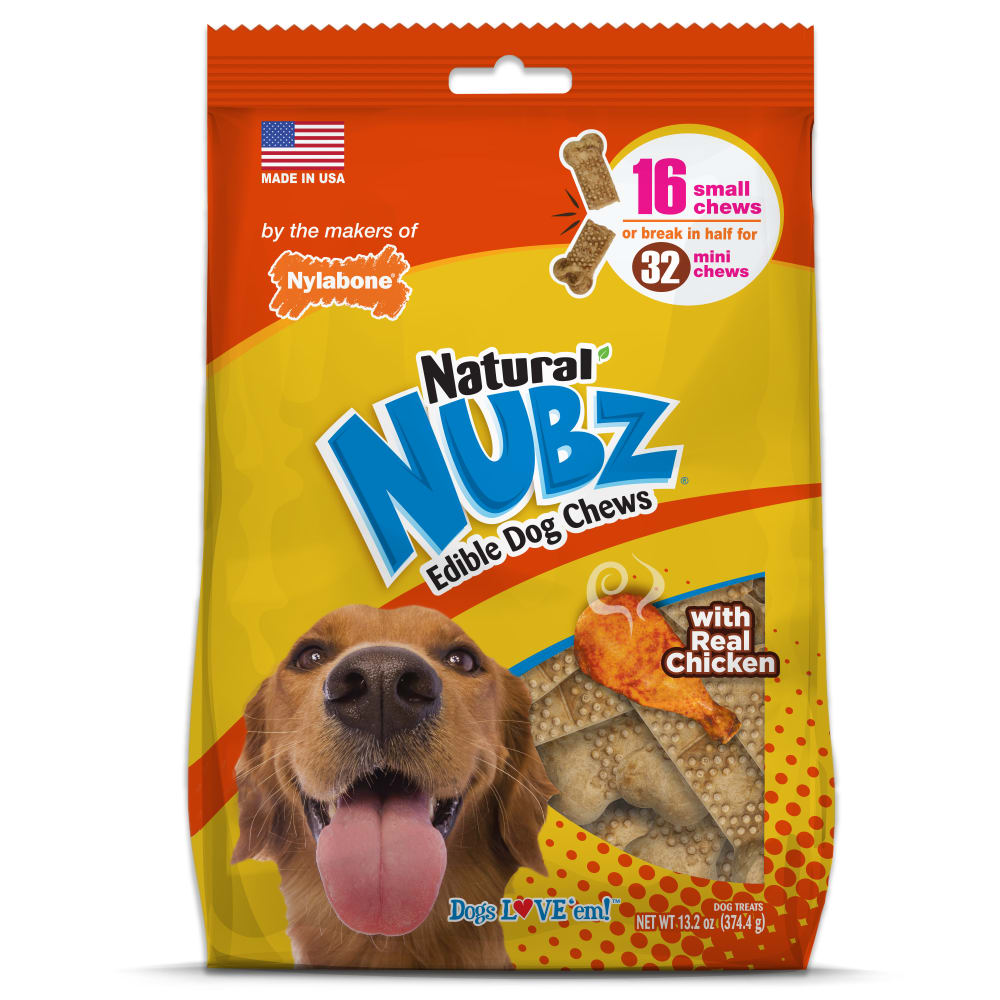Cardigan Welsh Corgi
Country of Origin: Great Britain
Height: 10.5–12.5 inches
Weight: Males 30–38 pounds, females 25–34 pounds
Coat: Double short or medium-length coat with dense, slightly harsh, weather-resistant outercoat and short, soft, thick undercoat|only medium length [AKC] slight ruff [UKC]
Colors: All shades of red, sable, brindle; black; blue merle; may have white markings
Registries (With Group): AKC (Herding); UKC (Herding)
Origin and History
It is believed that a dog resembling the Cardigan came to the part of Wales (now known as Cardiganshire) when the Celts migrated there around 1000 BCE. The derivation of the name Corgi is attributed to the Celtic word for "dog" (corgi).
These dogs were used to work cattle, and because of their size could nip at the livestock's heels while avoiding being kicked. This trait became particularly valuable to the working Welsh crofters (farmers) when the British Crown decreed that they could own and work only a few acres that surrounded their farms. This land was fenced; the crofters were considered tenants, and all other land was considered common land, where cattle could be grazed. The Corgi's style of working actually drove the cattle farther afield rather than keeping them herded together, which allowed for a larger grazing area. Competition among crofters for grazing land became fierce, and the Corgis helped define areas. Eventually, this practice by the Crown was abolished, and the crofters were able to own and farm their own land. This led them to use more traditional herding dogs, and the Corgi found himself more frequently by the hearth than in the fields.
Two closely related Welsh Corgis exist today: the Cardigan (long-tailed) and the Pembroke (tailless). They share a common history and were interbred and shown together until 1934, when the Kennel Club officially recognized them as separate breeds.
Since the 1930s, fanciers of one type or another have emphasized the breed's individualities—the Cardigan has a tail and is a bit heavier-boned and longer than the Pembroke. Also, the Cardigan's ears are larger and set wider, and his coat comes in different colors.
Personality Profile
Cardigan Welsh Corgis are noted for their intelligence and devotion. They are adaptable to many living situations and make excellent watchdogs.
Care Requirements
Exercise
Able-bodied and athletic, the Cardigan Welsh Corgi enjoys spending time outdoors and is often found competing in the dog sports of agility, obedience, and herding. The breed is happiest with a purpose, and this kind of exercise and mental stimulation keeps him truly satisfied.
Grooming
Regular brushing and combing of his plush double coat is all the Cardigan Welsh Corgi needs to stay looking his best.
Life Span
The average life span of the Cardigan Welsh Corgi is 12 to 15 years.
Training
The Cardigan Welsh Corgi is a joy to train. Responsive and intelligent, this breed learns quickly and retains his lessons, always working with enthusiasm.
Find a Nylabone chew, treat, or toy for your Corgi or small dog by using our Custom Product Finder!
FOLLOW US!






